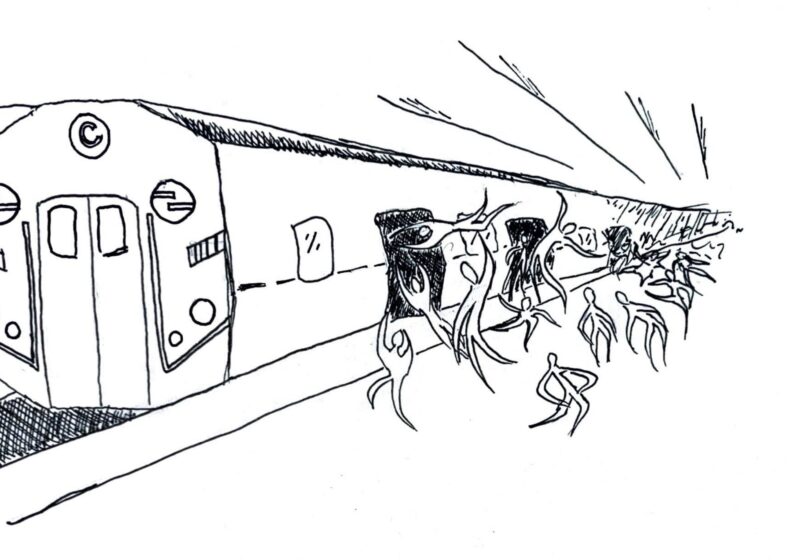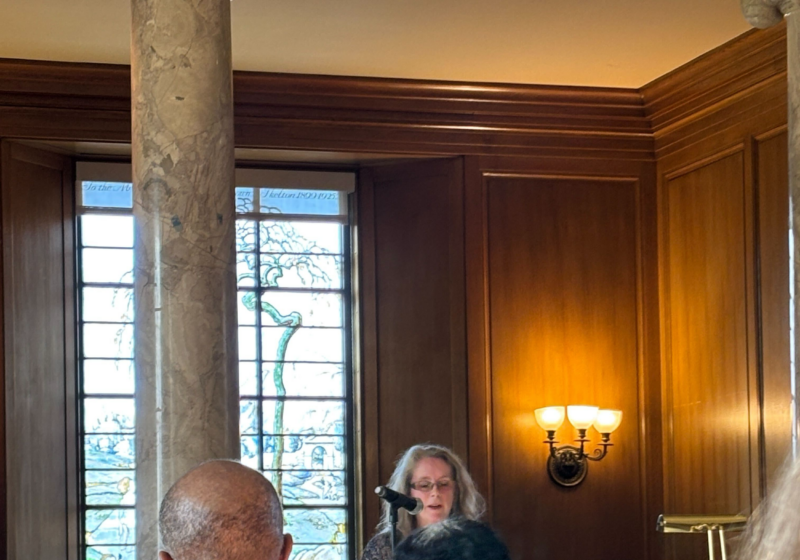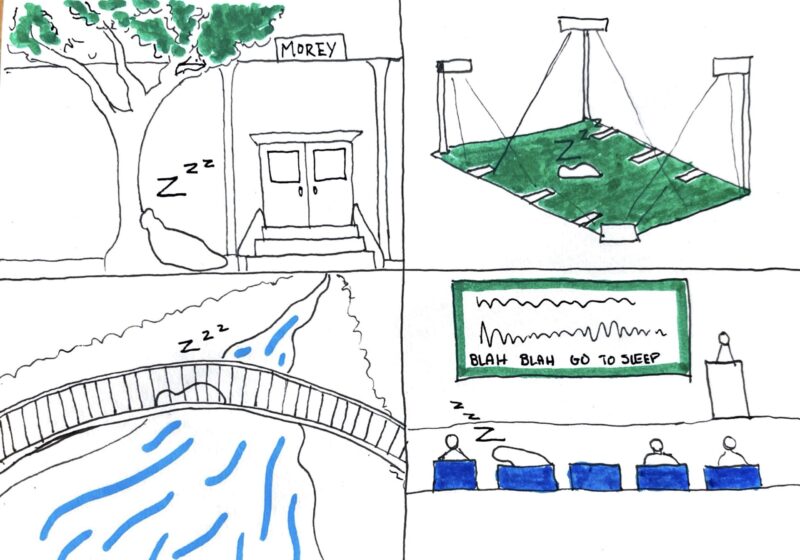Jan. 5, 2025: a day that will live in infamy. Well, not quite, but you wouldn’t know it from the explosion of social media and press critics prophesying the end times for small businesses and low-income commuters in response to the start of congestion pricing in Manhattan. A little over a month later, the data has proved the exact opposite: Congestion pricing is good for commuters and residents alike.
Congestion pricing is a toll applied to those entering a predefined area of a city. While New York is the first American city to implement a congestion pricing plan, many European and Asian cities, such as London and Singapore have already done so to great success.
The initiative works by scanning vehicles entering Manhattan at or below 60th St., and applying a charge based on the type of vehicle and time of day. Per the MTA, cars are to pay a once-daily toll of $9 between 5 a.m. and 9 p.m. on weekdays and 9 a.m. and 9 p.m. on weekends. In off-peak hours, the charge will be $2.25. Charges for other vehicles range from $4.50 to $21.60.
Though the concept of congestion pricing in NYC dates back to 1959, the most recent iteration of the tolling procedure was first proposed in 2017, when then-Governor Andrew Cuomo needed a plan to improve the subways. The plan was, and is, that the money collected from congestion pricing will go to the MTA, which will use the money to improve public transportation across the metro. The toll is projected to bring in $15 billion, all of which will go toward improving NYC’s subway, commuter rail, and bus systems.
The projections showed that congestion pricing would work; now, so does the data. In the first 12 days of congestion pricing, there has been a 55% drop in crashes and a 51% drop in injuries as compared to the same period in 2024. While this only reflects a small sample size and the data does not account for variables such as weather, the drop is undeniably an early sign that congestion pricing is keeping the city’s streets safer.
More than just safety, congestion pricing is also keeping the air cleaner. Before implementation, the consequences of the current congestion pricing plan were extensively studied, culminating in a more than 900-page report detailing environmental impacts of the toll. The report found that congestion pricing would decrease air pollutants such as carbon monoxide, nitrogen dioxide, benzene, and particulate matter, which have all been linked to severe health problems such as heart disease and certain cancers. While the predicted reductions in chemicals are greatest inside the congestion pricing zones, other areas of New York and New Jersey are expected to see reductions in air pollution as well.
A common argument against the implementation of congestion pricing is that it will disproportionately impact low-income New Yorkers, but that isn’t true. According to a study out of the Community Service Society, only two percent of the city’s outer-borough residents in poverty would be asked to pay a congestion fee in their daily commute. Meanwhile, the other 98% would benefit directly from increased funding for public transportation. All 100% will enjoy longer, healthier lives, with faster commutes and less risk of losing loved ones to traffic accidents.
The city also offers low-income residents a 50% discount after their first ten peak period trips in a calendar month, and drivers coming from New Jersey will receive a $3 credit if they enter through the Holland or Lincoln tunnels using an E-ZPass during peak hours, reducing the toll to $6.
Another popular argument is that congestion pricing will negatively impact small businesses, as the toll discourages people from driving into the city. In reality, congestion pricing eases the immense traffic burden that costs New Yorkers $9.2 billion dollars annually in delays, according to a study conducted by HDR for the Partnership for New York City. More than that, most of the people patronizing Manhattan’s small businesses are either commuters, who still have to come to work, and residents, who aren’t going to leave the borough just to buy a sandwich.
While there’s no way to know if the early positives from congestion pricing will continue, what we’ve seen throughout the first month is a strong argument in favor of the initiative. I’m from Manhattan, and I know I’m sick of delayed buses and trains. Beyond the data, the same social media channels that prophesied our congestion pricing doom a month ago are now full of people posting recordings of their commutes made faster, smoother, and more pleasant by the toll. Most of the cities that have implemented congestion pricing have followed the same pattern: backlash before it starts, followed by support once the effects begin.
New York is on its way to safer streets, cleaner air, and higher-quality public transportation. Congestion pricing works, and I, for one, hope we’re allowed to keep it.





